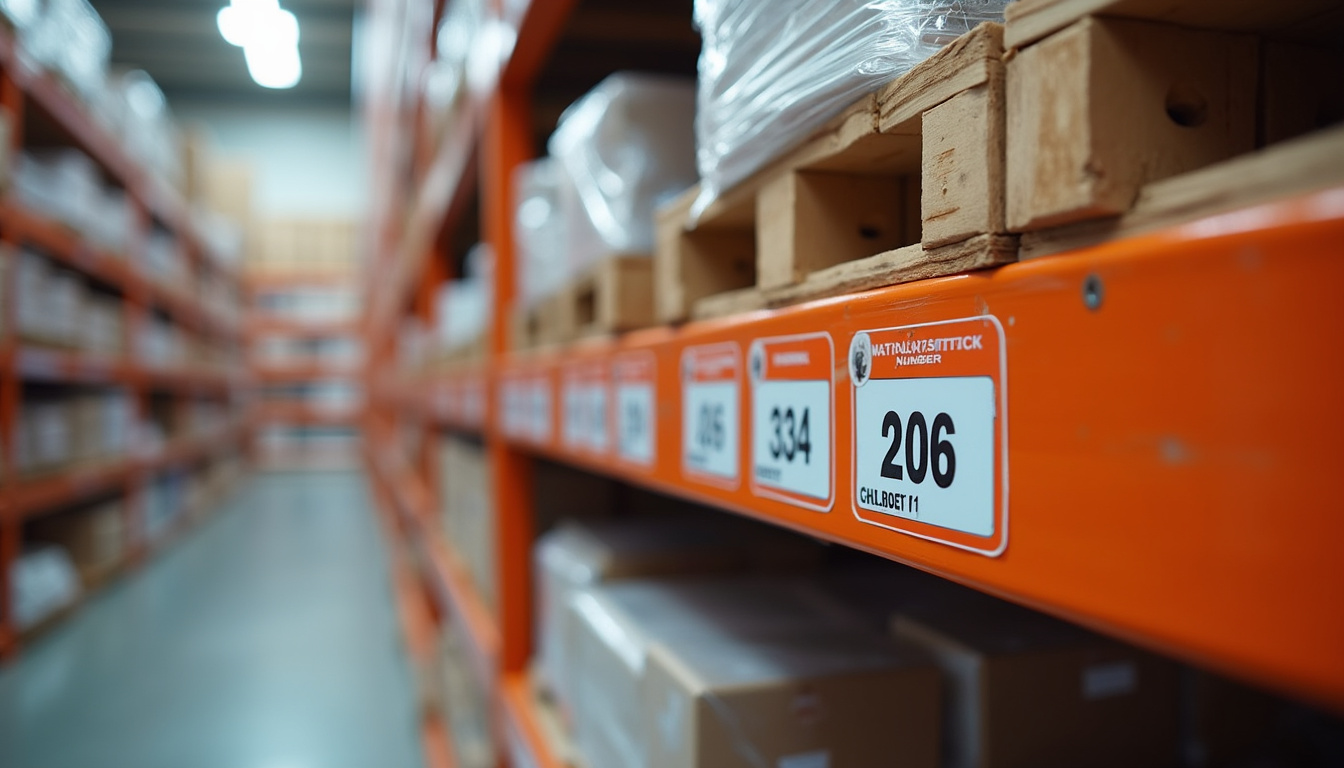Navigating the world of international trade can be complex, especially when it comes to tariffs. The term CN tariff refers to the Combined Nomenclature system used within the European Union to classify goods for customs purposes. Understanding how CN tariff changes affect your import and export costs is crucial for businesses engaged in cross-border trade. In this article, we’ll explore what CN tariffs are, how updates influence costs, and strategies to manage these changes effectively.
What is a CN Tariff?
The CN tariff is a detailed classification system that the European Union uses to categorize goods imported or exported across its borders. Built upon the Harmonized System (HS) codes, CN tariffs provide eight-digit codes that specify the type of goods and the applicable duty rates, making customs declarations more precise and standardized. This classification helps determine the correct tariffs and taxes for each product, ensuring compliance with trade regulations.
Understanding your product’s CN tariff code is essential because it directly impacts how much duty you will pay when importing or exporting goods. Even small changes in CN tariff classifications or duty rates can significantly affect your business’s bottom line.
How CN Tariff Changes Affect Import and Export Costs
Governments regularly review and update CN tariff schedules to respond to economic changes, trade policies, and international agreements. These changes can involve:
- Adjustments in duty rates for certain goods
- Introduction of new tariff codes for emerging products
- Reclassification of goods under different codes
- Removal or addition of exemptions and quotas
Such modifications influence import and export costs by changing the tariffs applied to your shipments.
Impact on Import Costs
When CN tariff rates increase, your import duties rise, potentially raising the landed cost of goods. This increase might force businesses to adjust pricing strategies or absorb additional costs, affecting profit margins. Conversely, tariff reductions can lower import expenses, making certain goods more competitive in pricing.

Changes in classification can also impact import costs. For example, reclassifying a product from a lower-duty category to a higher one means higher tariffs, requiring businesses to stay vigilant to avoid unexpected costs.
Impact on Export Costs
Although exports generally face fewer tariffs than imports, CN tariff changes can affect export competitiveness. Some countries apply export tariffs or restrictions on certain goods, and adjustments in CN classifications may influence these rules. Additionally, trading partners’ updates to their CN tariffs can affect the cost structure for your exported goods.
Strategies to Manage CN Tariff Changes
Adapting to CN tariff fluctuations requires proactive measures. Here are key strategies businesses can employ:
-
Stay Informed Regularly
Monitor official publications and updates from customs authorities to keep abreast of changes in CN tariffs. Timely information helps prevent surprises at import or export time. -
Classify Products Accurately
Work with customs experts or use reliable classification tools to ensure your products are correctly coded. Misclassification can lead to penalties or unnecessary tariffs. -
Leverage Classification Tools
Utilize services like classifast.com, an instant classifier providing accurate CN tariff codes from any product description. This tool can streamline classification, reduce errors, and help maintain compliance. -
Assess Supply Chain Flexibility
Explore alternative sourcing or shipping routes to minimize tariff exposure, especially if certain product categories face higher duties. Diversifying suppliers or markets can help mitigate risks. -
Evaluate Pricing and Contracts
Adjust sales contracts and pricing terms to accommodate changing tariffs. Transparent communication with customers and suppliers ensures smooth transactions.
The Role of Accurate Classification: Introducing Classifast.com
Accurate product classification is the cornerstone of calculating the correct CN tariff. Mistakes in classification can result in overpaying duties or facing customs penalties. Classifast.com provides a quick and reliable way to classify your products according to international standards like UNSPSC, NAICS, ISIC, ETIM, and, importantly, the CN tariff coding system.
By inputting your product description, you instantly receive the appropriate classification codes, making it easier to:
- Determine applicable tariffs
- Prepare customs documentation
- Comply with international trade regulations
Using such classification tools empowers businesses to stay up-to-date with tariff changes and reduce costly errors.
Common Questions About CN Tariff and Its Impact
1. What exactly is included in a CN tariff code?
A CN tariff code contains eight digits that specify the product category and subcategory under the EU’s Combined Nomenclature system. It expands on the six-digit World Customs Organization’s Harmonized System (HS) codes, providing greater detail for EU customs purposes.
2. How often do CN tariff rates change?
CN tariff lists typically update annually, with occasional mid-year amendments to adjust duty rates, add new product categories, or reflect trade agreements. Companies involved in international trade should regularly review official EU customs updates to remain compliant.
3. Can I calculate import duty without knowing the CN tariff code?
No. The CN tariff code is essential for determining the precise tariff rates, taxes, and any applicable duty exemption. Without it, estimating import duty accurately is impossible, which may result in payment errors or shipment delays.
Conclusion: Take Control of Your Import and Export Costs
CN tariff changes can significantly impact your import and export expenses, influencing your supply chain and profitability. Understanding what CN tariffs are, staying updated on changes, accurately classifying your goods, and using effective tools like classifast.com will position your business to respond swiftly to any updates.
If you want to safeguard your trade operations from unexpected CN tariff changes and optimize your import/export costs, start by reviewing your product classifications today. Accurate classification combined with strategic planning is your pathway to seamless customs compliance and cost efficiency.
For precise and hassle-free CN tariff classification, visit classifast.com and experience an instant classifier designed to simplify your international trade processes.
Source: European Commission Taxation and Customs Union – CN Tariffs overview
(https://ec.europa.eu/taxation_customs/business/calculation-customs-duties/combined-nomenclature_en)




















